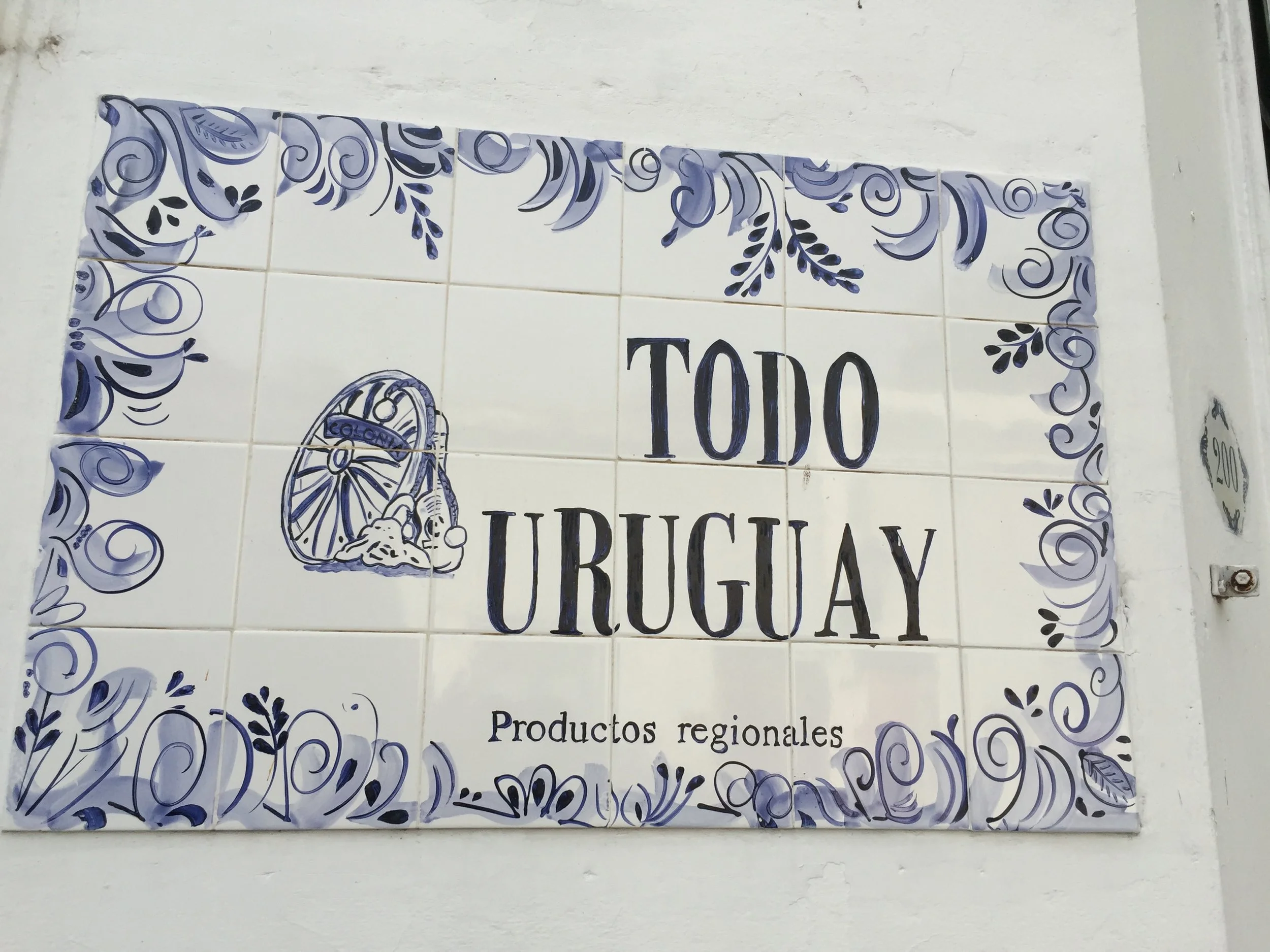Uruguay 2015
After several days of sightseeing, shopping and great restaurants in Buenos Aires, Argentina, we crossed the Rio de la Plata for a three-day side trip to Uruguay, a country we had never visited. After some online research, we decided we’d go first to Colonia de la Sacramento, a three and a half hour ferry ride, then make our way by car to Montevideo and then return to BA from Montevideo, a two hour ferry ride.
The ferry system, called Buquebus, between the two countries is excellent. We didn’t have to make reservations in advance, no visa was needed and it’s not expensive, but we did get to the terminal early to make sure we could get seats. Just as we boarded the ferry we saw a big sign warning about dengue fever.
We spent the first night in Colonia de Sacramento, a small city facing Buenos Aires that is one of the oldest towns in Uruguay. Colonia is known for its quaint historic quarter, which was named a UNESCO World Heritage Site in 1995, and the town is considered one of the most beautiful in South America. With its cute shops, small hotels, history, and waterfront promenade, it reminded me a little of Mendocino in California.
One interesting thing about Colonia is that the historic quarter is the only existing example of an urban plan that does not conform to the rigid checkerboard grid that was imposed by Spain under the “Law of the Indies.” Rather, it has a free street plan adapted to topographical features.
The next day we hired a taxi to take us to Montevideo (no Uber at that time). We had considered renting a car for the two-hour drive, but realized we didn’t need a car in Montevideo and is was less costly to use a taxi. We approached several drivers, bargained with them for a reasonable fixed fare, and with some English and lots of Spanish finally found a good deal.
We then stayed two nights in Montevideo, the capital of Uruguay, and a large city with lots to offer, but not the magic of Buenos Aires. Montevideo, with a population of about 1.3 million, is the largest city in Uruguay and the southernmost capital city in the Americas. It has been rated as having the best quality of life among all large Latin American cities
Using her good friend, Hotels.com, Misti found the Don Botique Hotel, in Ciudad Vieja (old city), with a view over the Montevideo waterfront. The hotel had a memorable breakfast. Served in an intimate dining room, it included excellent croissants and coffee as well as tasty ham, cheese and fresh fruit; a nice way to start the morning.
Across from the hotel was the Mercado del Puerto (Port Market), where we spent several hours perusing the multitude of food goodies as well as some outstanding BBQ restaurants. The market opened in 1868 and its construction was English style, carried out at the Union Foundry in Liverpool. While the market has all sorts of craft shops, it ‘s the steak houses that are the main attraction.
From the outside, you could smell the meats cooking, and the smell was like the pied piper, inviting you to enter. The restaurants had their different meats displayed on huge grills, and it was a delight to walk down the aisles, taking photos as our eyes and noses stimulated our appetites, telling us it was time to eat. While all sorts of Uruguayan cuisine was on display, including chivato al plato, canadiense, achuras, asado, matambres, and pamplonas, it was the more pedestrian steaks that attracted us. We had a wonderful steak dinner in the market that night, accompanied by a bottle of Uruguayan red wine.
A highlight of our Montevideo visit was a restaurant called La Fonda that Misti fell in love with. It was a tiny Italian restaurant run by two young Uruguayan men, and they invited Misti to watch as they hand rolled an assortment of pastas. We feasted on two delicious pasta creations that were so good we returned for lunch the next day, something we almost never do.
Another highlight was the changing of the guard at Plaza Independencia. Quite a spectacle, with more than fifty Uruguayan soldiers in full dress uniform marching around the plaza, with a military band. At one point they played the Uruguayan national anthem and the crowd sang along with the words, very moving. A small country, but a very big ceremony.
In Montevideo our main interest was the same as in most other cities we visit: walking the streets, watching and talking with people, sitting in the plazas and going into shops and restaurants. We like to absorb and “get the feel” of a city. We try to interact with the locals and usually have interesting experiences like street performances, demonstrations, flea markets, concerts - and that’s our entertainment. Easier in South America since our command of Spanish is quite respectable and people light up when you speak to them in their own language.
After Montevideo we ferried back to Buenos Aires, rented a car and continued our trip through Argentina.
Art Faibisch, May, 2019








































